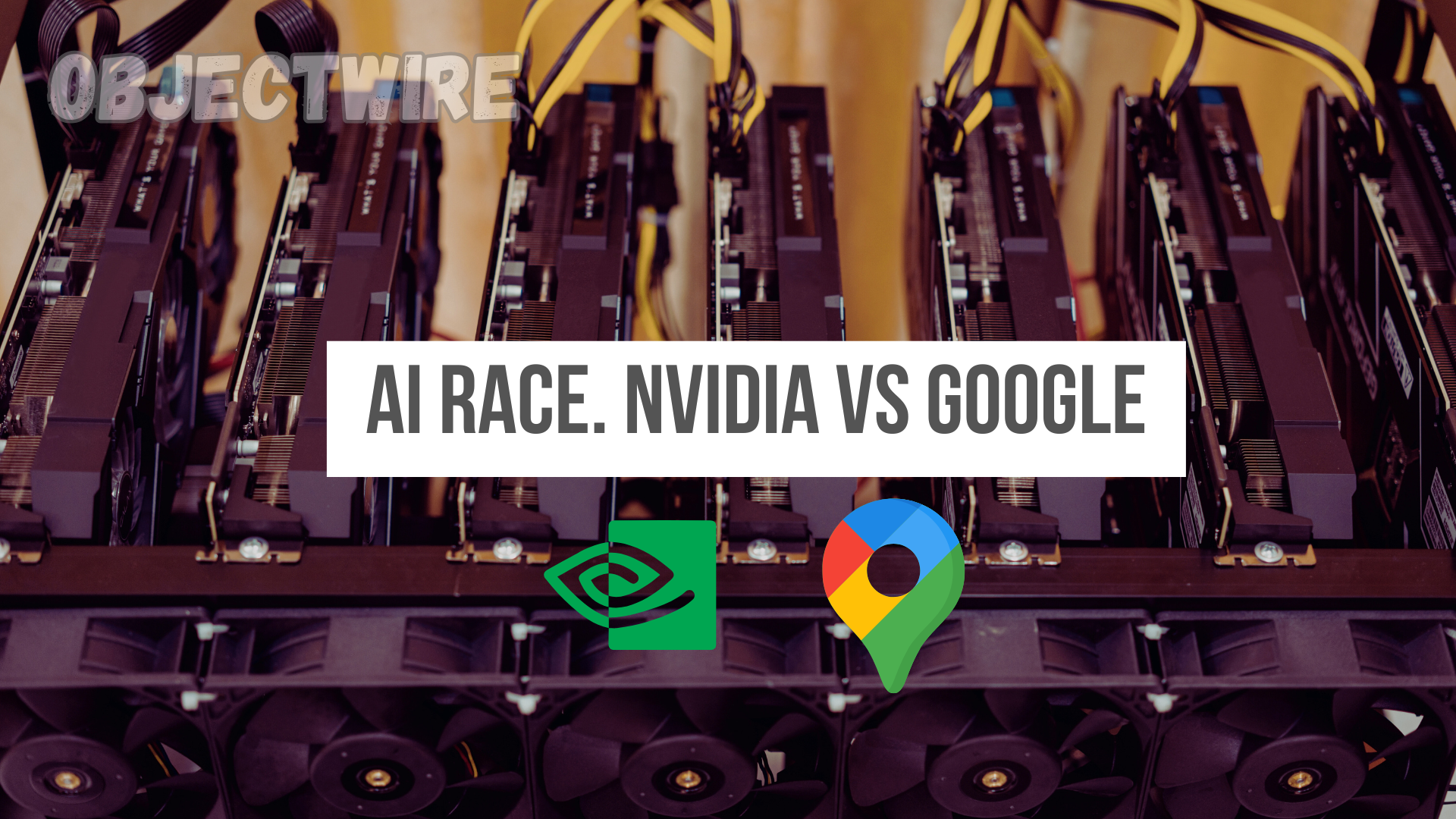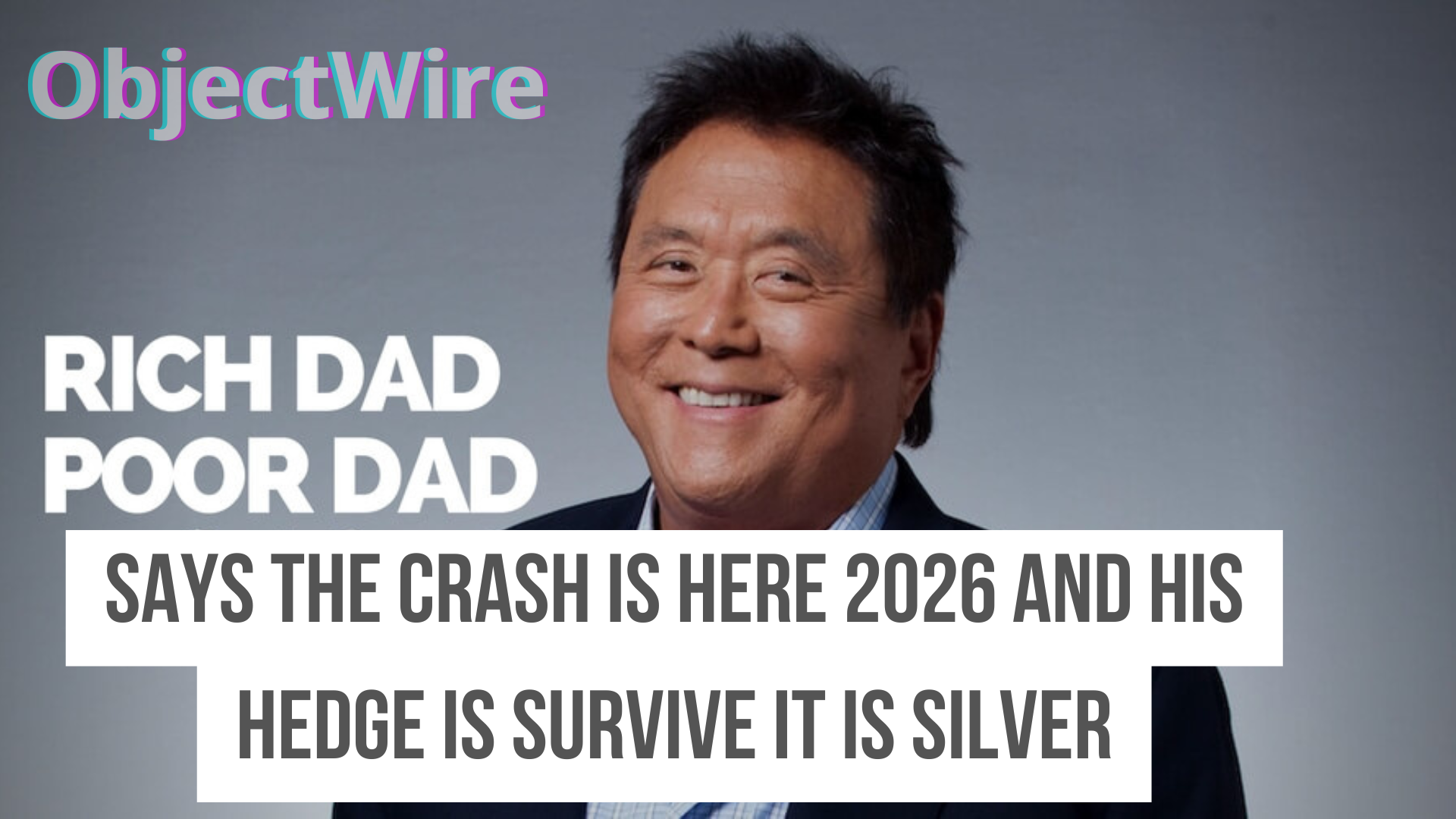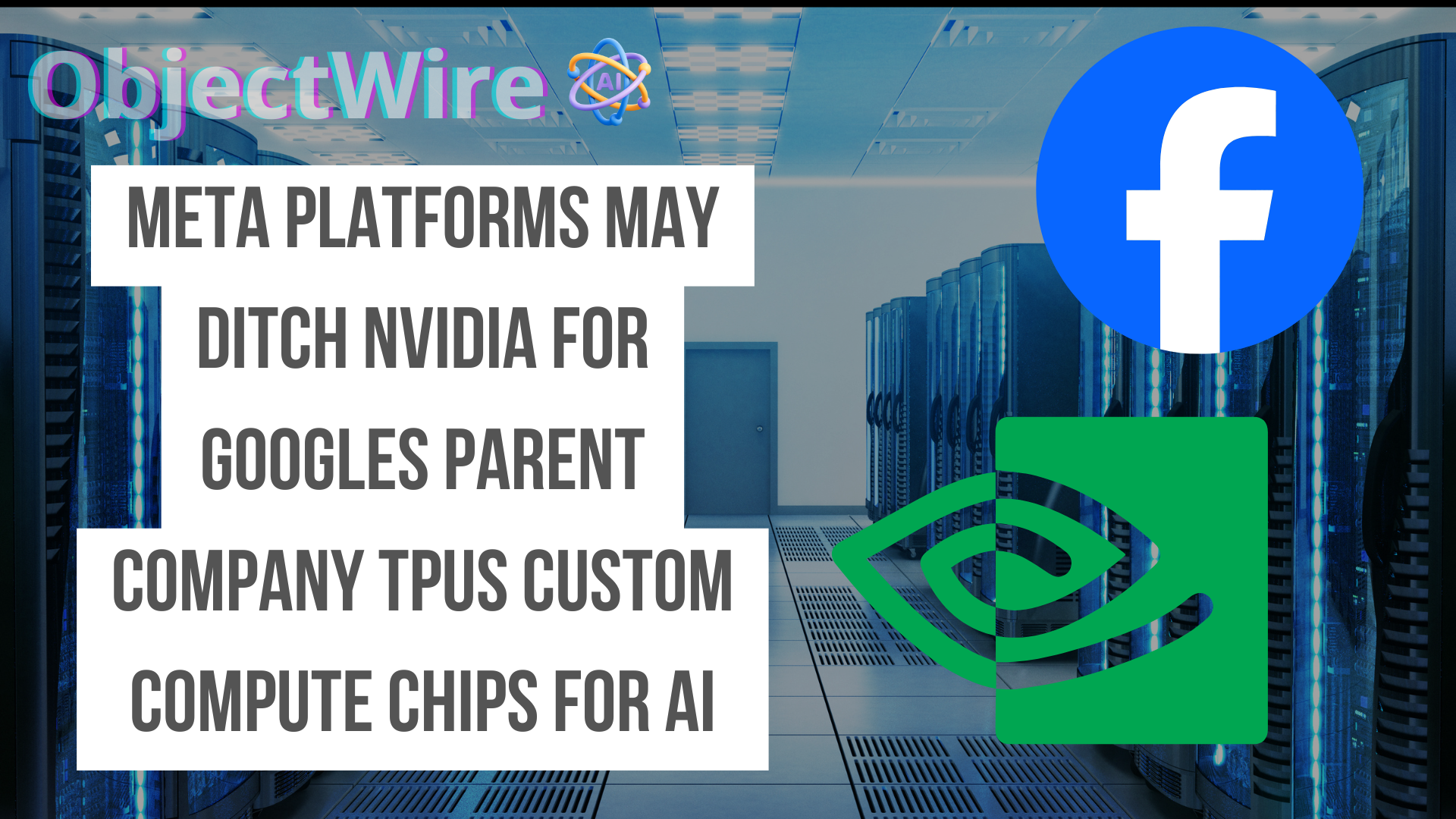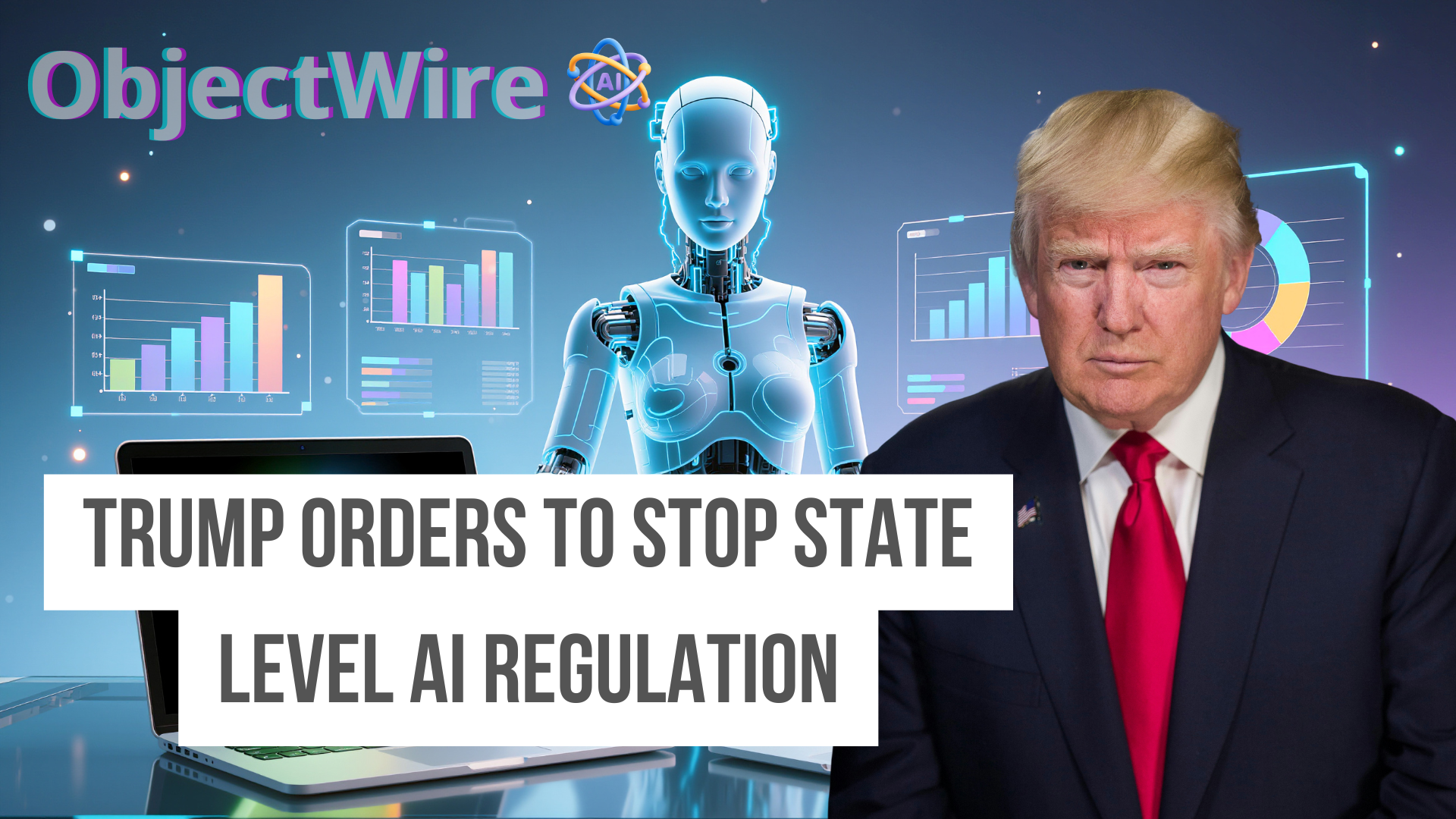NEW Lifetime Fitness Austin Location Opening In November | How to Join
The Most Expensive Lifetime Fitness in Texas.
Life Time a leader in luxury athletic clubs, is expanding in Austin with a new 57,000-square-foot location at 1301 South Lamar Blvd, Suite 100, set to open in November 2025. This state-of-the-art facility, part of the four-acre mixed-use Bouldin development, marks the company's fifth club in Austin and 34th in Texas, blending fitness with Austin's vibrant culture of music, entertainment, and Texas swagger.
State-of-the-Art Facilities Inside Life Time’s 57,000 Square Feet Austin Club
Spanning 57,000 square feet, the South Lamar club features expansive workout zones with cutting-edge cardio and strength equipment from brands like Technogym and Rogue, illuminated by natural light through floor-to-ceiling windows for an energizing atmosphere. Specialized studios host over 50 weekly classes, including yoga, HIIT, and cycling, while an indoor saltwater pool supports lap swimming and aqua fitness.
Premium Amenities Enhancing Life Time South Lamar’s Wellness Offerings
- Diverse Fitness Options: Unlimited classes (yoga, HIIT, cycling), personal training, and squash/pickleball courts.
- Holistic Wellness: LifeSpa with cryotherapy, infrared saunas, and organic LifeCafe meals using local ingredients.
- Family and Work Support: Kids’ camps, teen programs, and co-working spaces for flexibility.
- Membership Benefits: Starting at $179/month with access to all Texas clubs and virtual classes.
These amenities, tailored to diverse needs, create a resort-like experience, aligning with Life Time’s model serving over 1.5 million members nationwide, enhancing physical and mental well-being in Austin’s dynamic community.
How to Join NEW Grand Opening of LifeTime South Lamar Location Austin, TX
The November 2025 grand opening of Life Time South Lamar will feature a weekend festival with live Austin bands, local food trucks like Torchy's Tacos, and free fitness demos showcasing the 57,000-square-foot facility. VIP previews for waitlist members (sign up at lifetime.life/south-lamar) include guided tours and trial classes, with a ribbon-cutting ceremony attended by local leaders. Pop-up markets, giveaways, and wellness workshops will draw thousands in the first month, celebrating Austin’s spirit while highlighting amenities like the pool, spa, and studios. This event cements Life Time’s role as a community cornerstone, fostering health and connection.
Embracing Austin’s Culture: Fitness Meets Local Flair at Life Time South Lamar
Life Time South Lamar integrates Austin's eclectic vibe with programs like live-music yoga sessions featuring local artists and Texas BBQ-inspired recovery shakes at the on-site café. The club showcases rotating exhibits of Austin murals and hosts events tied to South by Southwest, blending fitness with the city's "Keep Austin Weird" ethos. Outdoor patios overlook the neighborhood's trendy spots, encouraging post-workout explorations of food trucks and live music on South Lamar. This cultural fusion positions the club as a community anchor, supporting Austin's wellness scene where 65% of residents prioritize integrated lifestyle fitness, enhancing social connections through member mixers and charity runs.
Location and Accessibility at 1301 South Lamar Suite 100 Austin TX
The Life Time South Lamar club at 1301 South Lamar Blvd, Suite 100, anchors the Bouldin development in Austin's dynamic South Lamar neighborhood, known for its eclectic mix of music venues, eateries, and artistic spaces. This central spot ensures easy access via South Lamar Boulevard, a major artery connecting to downtown and surrounding areas, with proximity to public transit like CapMetro buses and routes.
Ample parking, including EV charging stations, caters to drivers, while bike lanes and scooter-friendly paths align with Austin's green initiatives. The location's walkability score of 85 enhances convenience, placing it near Zilker Park for outdoor extensions of workouts. Construction began in late 2024, with the mid-to-late 2025 opening timed for peak community engagement.
When will LifeTime South Lamar open?
November 2025, following construction starting in late 2024 mid-to-late 2025 opening.
What amenities are offered at Life Time South Lamar?
Over 50 weekly classes, pools, LifeSpa, LifeCafe, and childcare facilities.
What is the membership cost at Life Time South Lamar?
Starting at $300/month, with access to all Texas locations and digital tools.
Contact Us
AVALANCHE AND TOYOTA TEAM UP TO BUILD BLOCKCHAIN ROBOTAXI NETWORK
— BSCN (@BSCNews) September 3, 2025
- @Avax and Toyota Blockchain Lab are building the Mobility Orchestration Network (MON) — a blockchain layer for future autonomous robotaxi fleets.
- The proof-of-concept will use Avalanche’s multichain… pic.twitter.com/steV0Vwu6I






🔥 LATEST: Avalanche and Toyota Blockchain Lab are developing onchain infrastructure to support autonomous robotaxi fleets and mobility services. pic.twitter.com/BbEWe5h0yn
— Cointelegraph (@Cointelegraph) September 2, 2025
